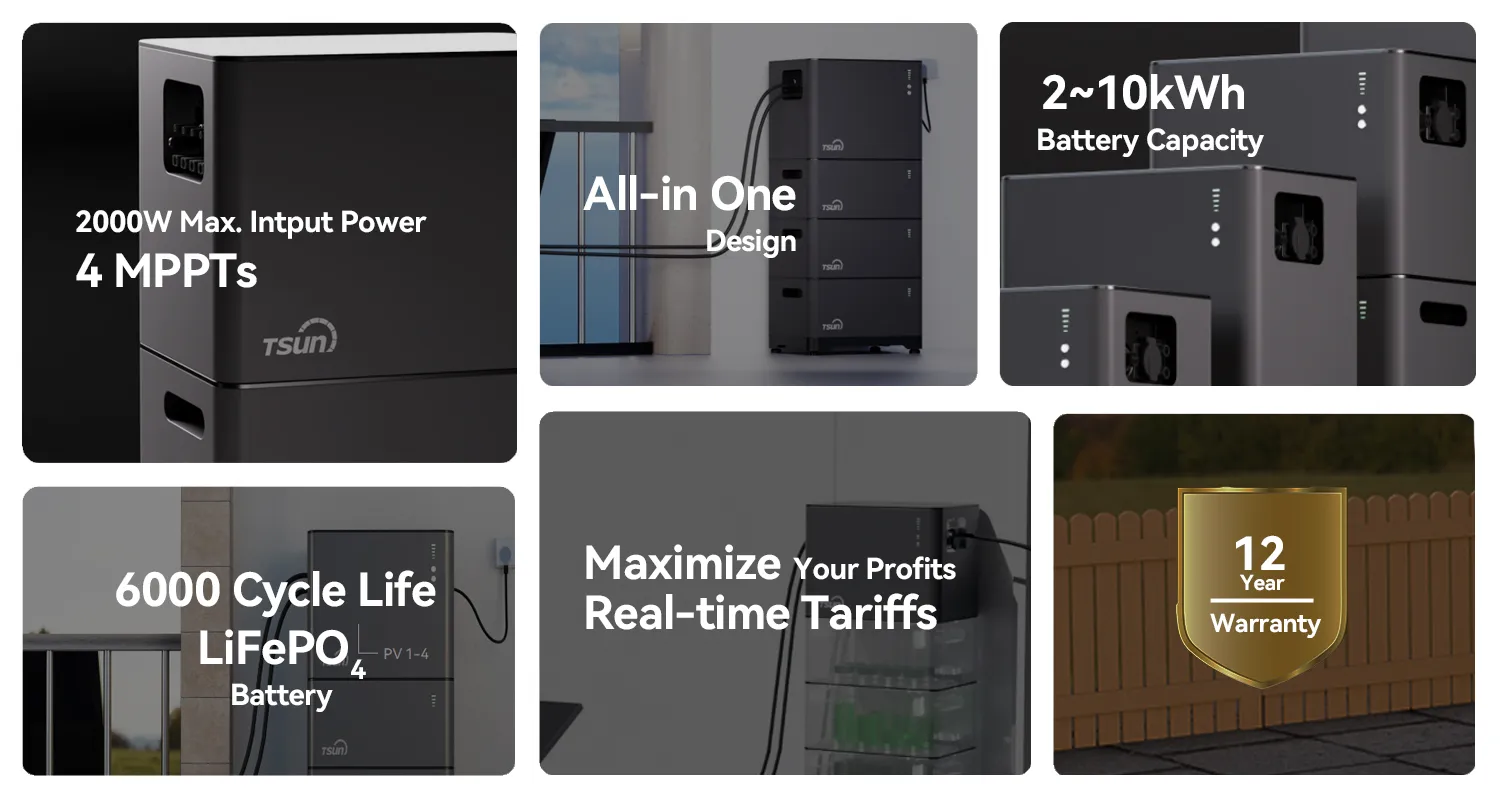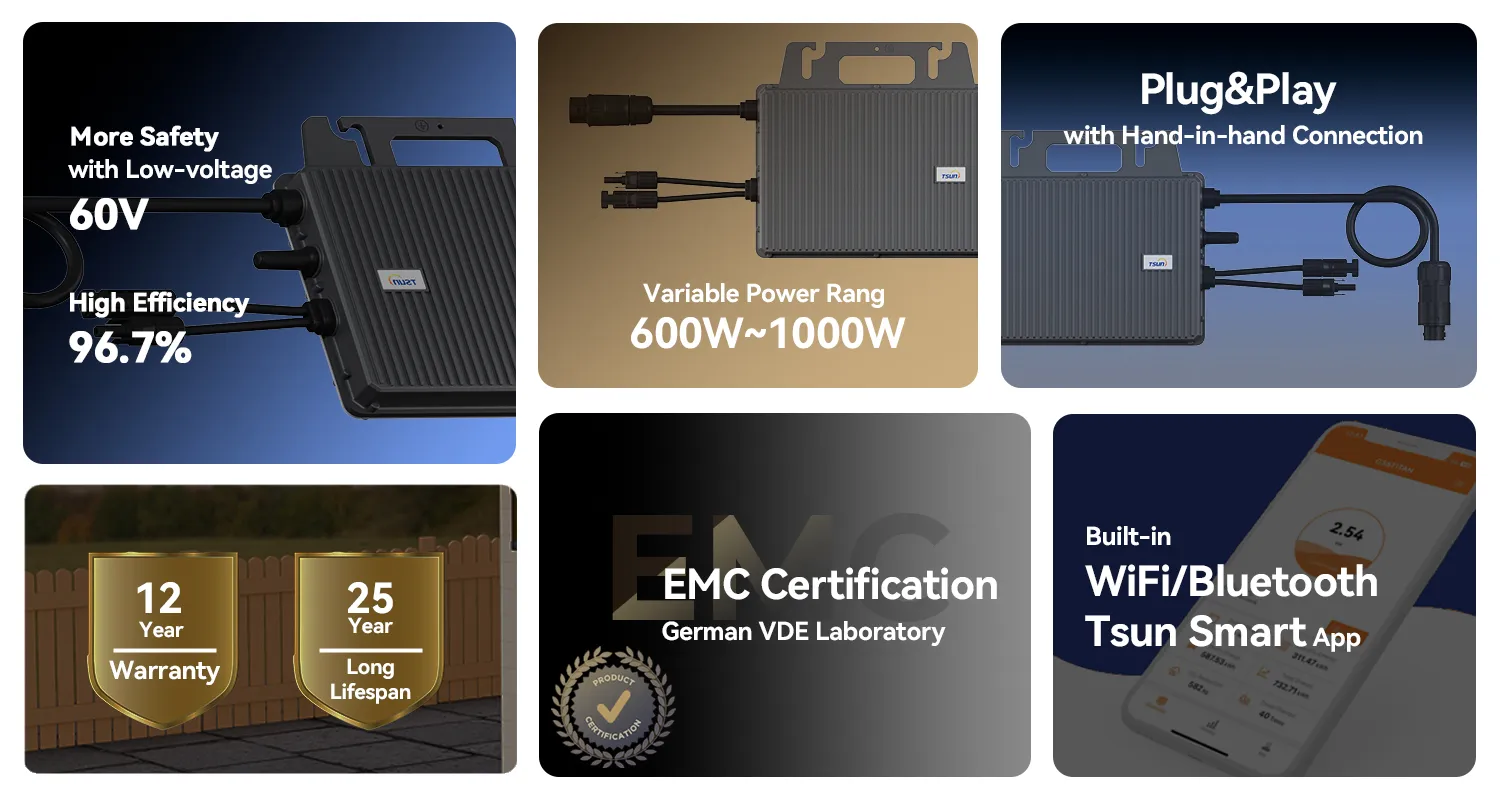When choosing the right solar energy system for your home or business, understanding the differences between solar string inverters and micro inverters is indispensable. An experienced solar energy consultant can provide in-depth insights derived from years of experience in the industry and a technical understanding of how these systems operate.

Solar string inverters have been the mainstay of solar energy systems for decades. They work by connecting a series of solar panels, or a “string,” to a single inverter. This centralized system converts the DC electricity generated by the panels into AC electricity suitable for home or business use. String inverters are known for their efficiency and cost-effectiveness, especially for installations where panels receive uniform sunlight.
On the other hand, micro inverters represent a more modern approach to solar energy conversion. Each panel is paired with its own micro inverter, which individually converts the output into AC electricity. This setup offers significant advantages in scenarios where there’s shading or varying light conditions across the solar array, as each panel operates independently.

From an expertise standpoint, the choice between string inverters and micro inverters largely depends on the specific conditions and requirements of the installation site. For expansive, open areas with consistent sun exposure, string inverters offer a tried-and-true solution that is both robust and affordable. They are easier to maintain and require fewer components, which can translate into lower upfront costs.
However, micro inverters present an authoritative solution in environments with partial shading, irregular roof shapes, or where panels must face multiple directions. By optimizing the output of each panel, micro inverters improve the overall system efficiency and potentially boost the energy yield. This increased efficiency translates into more consistent power generation, crucial for areas with diverse weather conditions.
Trustworthiness in solar inverter systems is gauged by their reliability and the longevity of their performance. String inverters, with fewer components, generally have longer track records of durability and simpler troubleshooting. However, with advancements in technology and rigorous testing, today's micro inverters are increasingly reliable, often coming with robust warranties that mirror those of string inverters.
solar string inverter vs micro inverter
Examining real-life experiences, users have reported that micro inverters can lead to higher electricity yields in partial shading scenarios, giving them an edge in urban or tree-shaded properties. These systems offer flexible panel arrangements and enhance monitoring capabilities, allowing consumers to track the performance of each panel individually and swiftly identify failures or issues.
Conversely, some users maintain a preference for string inverters due to their lower cost and simplicity, especially when installing solar PV systems on straightforward, unobstructed roof spaces. The reduced number of electronic components can imply fewer points of failure, enhancing their reputability for hassle-free performance over the long haul.
Professional installation is crucial for both systems. A certified installer with a strong track record ensures that whether you opt for a string inverter or micro inverters, the system is optimized for maximum efficiency. Equipment from established manufacturers further guarantees quality assurance and peace of mind, reinforcing trust in the selected technology.
Integrating either inverter type into a solar energy system also involves considering future scalability. String inverter systems might require adjustments if additional panels are added later, whereas micro inverter systems offer more straightforward scalability, allowing for seamless expansion as energy needs grow or new panels are needed.
In conclusion, choosing between solar string inverters and micro inverters requires a nuanced understanding of the site's environmental conditions and energy goals. By aligning these factors with one's budget and power needs, and by examining both consumer and expert reviews, one can make an informed decision that ensures optimal performance and cost-efficiency. Both systems have evolved, reflecting significant technological advancements that have increased their viability and effectiveness, underscoring the premise that a well-planned solar energy system is key to harnessing sustainable power.
 LEARN DETAILS
LEARN DETAILS



